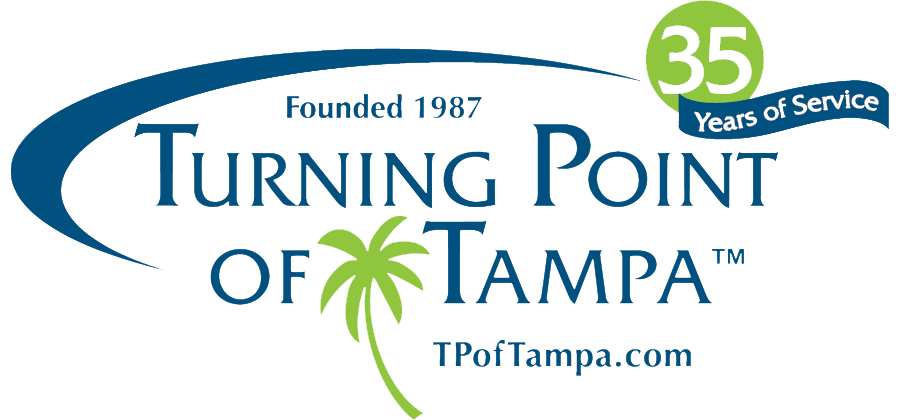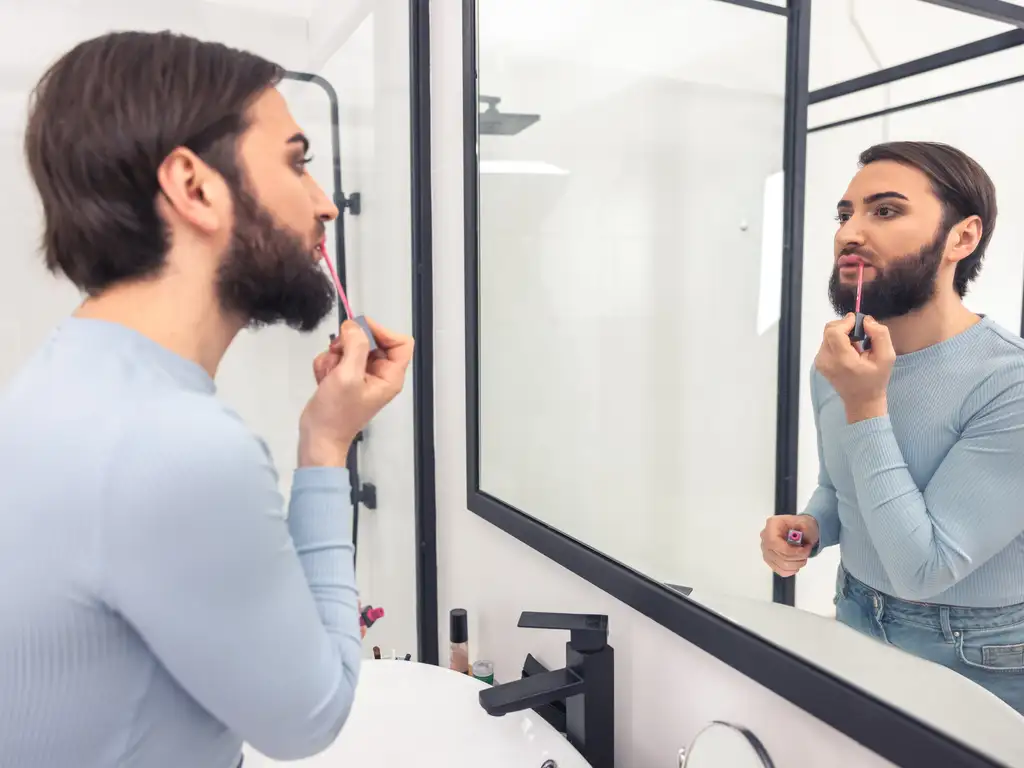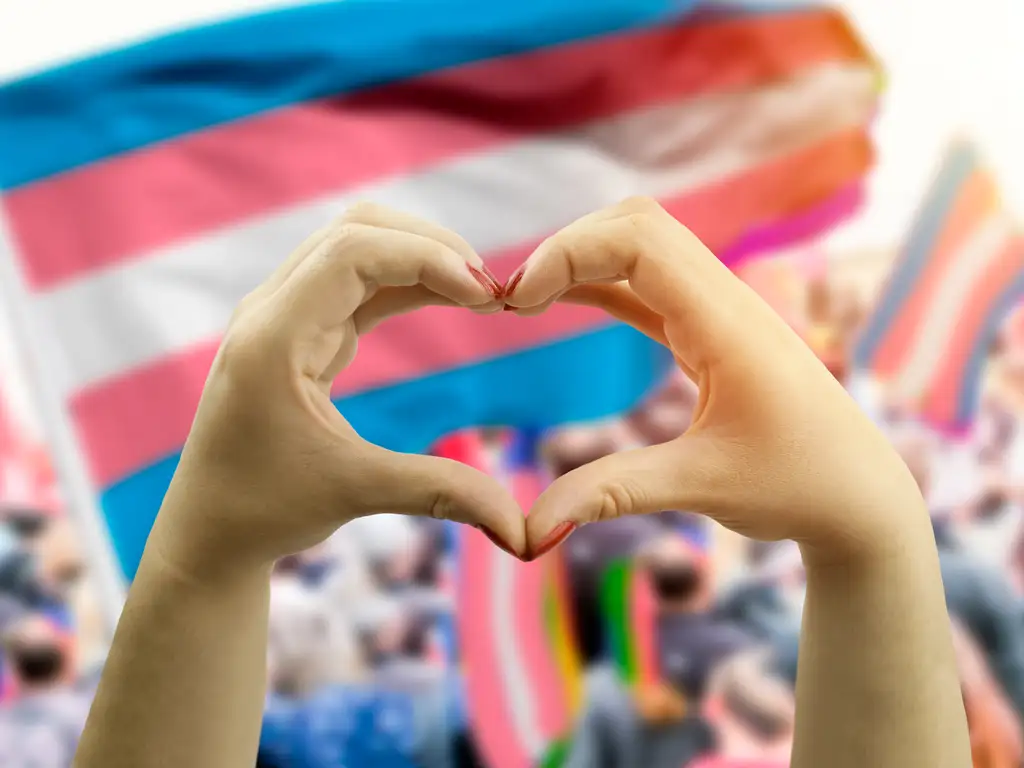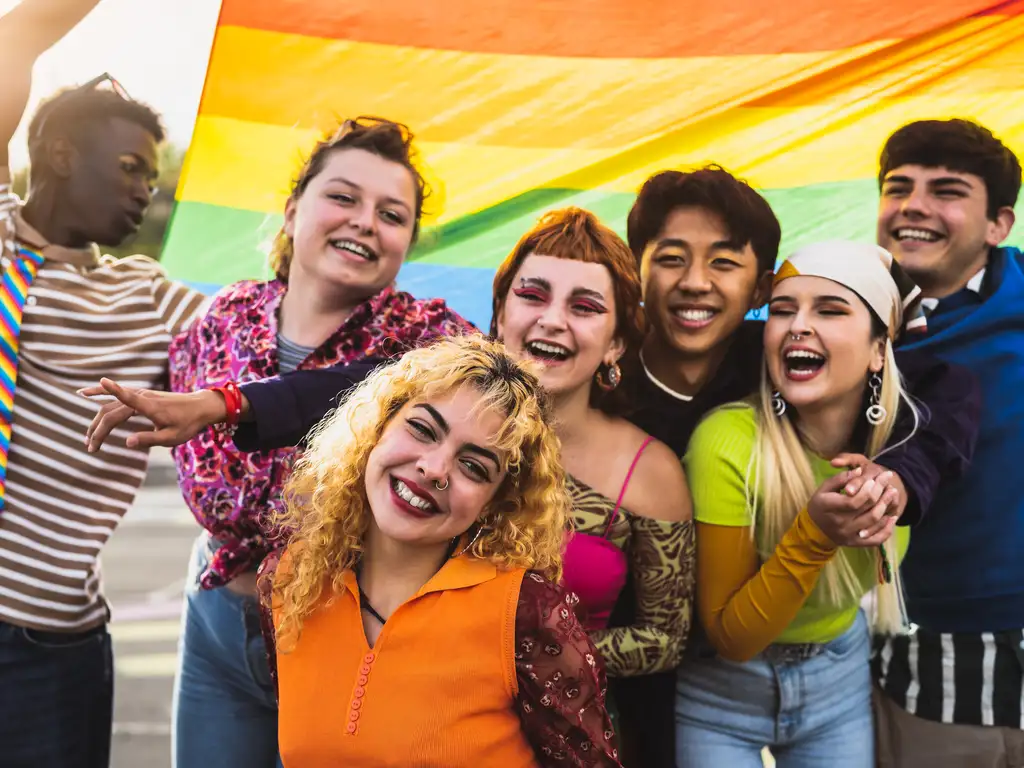There are a lot of discussions these days about LGBTQIA2S+ individuals and their rights. This acronym stands for lesbian, gay, bisexual, transgender, queer, intersex, asexual, and two-spirit.
Turning Point of Tampa Addiction Treatment Center is pleased to open our doors to all members of the LGBTQIA2S+ community. We strive to create an atmosphere in which everyone feels welcome and secure.
This article will explore the terminology associated with LGBTQ+ identities, sexualities, and genders.
What Is LGBTQIA2S+ and Why Is It Important in Today’s Society?
LGBTQIA2S+ stands for lesbian, gay, bisexual, transgender, queer, intersex, asexual, and two-spirit individuals. The acronym is an integral part of today’s society and serves as an example and a reminder to celebrate gender identities, sexual orientations, and gender expressions that don’t conform to traditional gender norms.
It provides an inclusive space for gender-nonconforming people to be authentic without judgment or prejudice. In addition, this diversity of questioning gives individuals unique perspectives on various topics, broadening our communities’ social dialogue.
We owe those who identify with any gender identity or sexual orientation the respect and a safe space that allows them to express themselves freely to foster a valuable exchange of ideas and cultures.
Glossary of Terms To Describe Gender Identities and Other Important Terms
If you are perplexed by the language used to explain gender identities, this glossary can be beneficial. Here are the terms, words, and definitions to help you better understand the different identities.
Advocate
An advocate is an individual or group who works to fight discrimination and ensure equal rights for people in the LGBTQIA2S+ community. They may use their platform or resources to challenge injustices, promote awareness, and positively impact the lives of LGBTQIA2S+ individuals.
Agender
An agender person does not identify with any gender or feels their gender does not define them. They may use pronouns such as they/them or opt not to use any pronouns. Agender individuals may also consider themselves non-binary, gender-neutral, or genderless.
Ally
Similar to an advocate, an ally is someone outside of the LGBTQIA2S+ community that supports, values, and respects LGBTQIA2S+ individuals. Allies can build a bridge between different communities by offering support, resources, and visibility to members of the LGBTQIA2S+ community.
Aromantic
An aromantic individual is someone who does not experience romantic attraction. Aromantic people may still experience sexual attraction and may choose to engage in sexual activity, but it is typically not motivated by an emotional or romantic connection. Aromantics can have platonic, familial, or friendly relationships but typically do not feel the need to form a romantic connection with another person.
Asexual
An asexual individual does not experience sexual attraction or has a significantly reduced interest in sexual activity. Asexuality exists on a spectrum and can range from people with no interest in any romantic relationship to those who may still experience romantic attraction without needing sexual activity.
Bicurious
A bicurious individual is interested in exploring same-sex and opposite-sex attractions. Bicurious people may or may not choose to explore their attractions but acknowledge the possibility of being attracted to both genders.
Bigender
A bigender person experiences two distinct gender identities within themselves. They may identify as male and female or a combination of genders. Bigender people can have fluctuating feelings between the two genders on different days or times but may also feel balanced between them simultaneously.
Biphobia
A biphobic individual holds negative attitudes and beliefs toward bisexual people. Biphobia can range from subtle microaggressions to malicious hate speech, often rooted in a lack of understanding and ignorance of the bisexual experience. Biphobias can manifest as slurs, invalidation, and discrimination against bisexual groups and individuals.
Bisexual
Bisexuality is often misunderstood as a “halfway point” between straight and gay, but this fails to recognize the breadth of expression within the bisexual population. Bisexuals can express their sexual identity in many ways — the only commonality being an attraction to more than one gender identity. A bisexual individual is someone who is attracted to both their same-sex and opposite-sex partners.
Butch
A butch person generally expresses their gender in a masculine way. Butch individuals may identify as male, female, non-binary, or any other gender identity. They may dress in traditionally “masculine” clothes, sport short haircuts, and prefer activities and interests usually associated with masculinity.
Butch identities are complex and diverse — not all masculine individuals are butch, nor do all butches conform to the same expression of masculinity.
Cisgender
Cisgender individuals may identify as male, female, or any other gender expression or identity. A cisgender person’s gender identity aligns with their assigned sex at birth. Whether assigned female or assigned male it is important to note that being cisgender does not necessarily mean an individual conforms to traditional gender expectations or roles.
Cisgender individuals can express their gender in various ways regardless of their sex at birth.
Coming Out
Coming out is the process of self-disclosure wherein an individual reveals their gender identity, sexual orientation, or romantic interests to someone else. It can be a positive and liberating experience for some, but it can be difficult for others, bringing about fear, anxiety, and even shame.
Coming out is an ongoing journey that looks different for everyone and is often an ongoing process throughout one’s life.
Gay
Gay is an inclusive umbrella term for same-gender attraction or romantic interests. The term “gay” can refer to both men and women who are attracted to those of the same gender, but it is most commonly used in reference to men.
Gender Binary
Gender binary is a social construct that assigns each person either male or female at birth and views gender as consisting solely of two distinct, opposite categories: male and female. The idea of the gender binary is often reinforced through cultural norms, gender roles, and sexism.
Gender-expansive
A gender-expansive person is an individual who goes beyond the traditional definitions of gender and chooses to express their identity in ways that defy societal expectations. This could be through clothing, hairstyle, behavior, or another expression.
Gender-expansive people are not limited to binary gender identity but embrace the full range of potential genders and sexual orientations.
Gender-fluid
A gender-fluid person is an individual whose gender identity shifts over time or in different circumstances. This can include having a varying gender expression, having multiple genders at once, or not having a fixed gender identity.
Gender-fluid people may identify as agender, nonbinary, bigender, pangender, or any other identity that acknowledges and celebrates the fluidity of gender.
Gender Identity
Gender identity is a person’s internal sense of their gender. It is a core aspect of someone’s identity beyond biological sex and can encompass aspects such as expression, roles, or relationships.
Gender identity can be fluid and distinct from the gender assigned to sex at birth or the gender roles associated with it.
Genderqueer
A genderqueer person is an individual who falls outside of the gender binary. This can include trans people whose gender identity cannot be categorized as exclusively male or female or those who experience fluidity in their gender expression.
Lesbian
A lesbian is a woman who is emotionally, romantically, or sexually attracted to another woman. Lesbians often refer to themselves as feminine or female-identified and may adhere to traditional gender roles or challenge them in various ways.
Non-binary
A non-binary person is an individual who identifies as neither exclusively male nor female. They may have a fluid gender identity that changes over time or express their gender differently in different contexts. Non-binary people often have a unique sense of style, language, and interests that transcend conventional gender roles.
Pansexual
Pansexuality allows individuals to express themselves and explore beyond the norms of gender identity and sexuality. A pansexual person is someone who is attracted to all genders. This means they are open to relationships with people regardless of their gender identity or sexual orientation, and they don’t limit themselves to traditional roles or labels when it comes to romance.
Queer
Queer is an umbrella term that has historically been used as a slur to describe LGBTQIA+ individuals but has been reclaimed by the community as a positive and inclusive term. Queer can be used to refer to anyone whose gender or sexuality falls outside of the traditional definitions. This could include queer people who identify as lesbian, gay, bisexual, transgender, non-binary, or intersex.
Same-gender Loving
Same-gender loving (sometimes called SGL) is a term that is often used to describe queer individuals who prefer romantic and sexual partners of their same gender.
Same-gender-loving people often self-identify as lesbian, gay, queer, bi+, pansexual, etc., and may have relationships with the same or opposite genders.
Transgender
A transgender person is someone whose gender identity differs from the gender they were assigned at birth. Transgender people may identify as male, female, neither, or any other gender identity. They have a unique sense of self that does not conform to traditional expectations of gender roles.
Transitioning
Transitioning is the process of changing one’s gender identity, expression, or roles. This could involve taking hormones or having surgery to physically transition and socially transition by changing one’s name, pronouns, and other aspects of their lifestyle.
Conclusion
Understanding the nuances of gender identity is essential in creating a society that celebrates, embraces, and respects all genders. Gender identity has no specific definition; it can be fluid and diverse, with various terms and labels describing how someone expresses themselves.
We as individuals and our collective community must foster acceptance, support, inclusion, and understanding of all identities.
At Turning Point of Tampa, we are passionate about creating a safe and nurturing environment for individuals from all walks of life. Our family-owned treatment facility in Tampa Florida is proud to serve people regardless of gender identity or orientation — everyone deserves the opportunity to start their journey toward recovery.
With a team experienced in working with diverse communities, you can trust that you’ll be supported throughout this process. Reach out today to learn more!
Sources
https://www.hrc.org/resources/glossary-of-terms
https://mhpl.shortgrass.ca/blog/lgbtqia2s-what-does-it-all-mean
https://gaycenter.org/about/lgbtq/
https://www.goodrx.com/health-topic/lgbtq/meaning-of-lgbtqia
